Analysis and Development of a Use Case Diagram for Swipe Card System
VerifiedAdded on 2020/06/06
|11
|2423
|212
Case Study
AI Summary
This case study focuses on the development and analysis of a use case diagram for a swipe card transaction system within a transport company. The report begins with an introduction to use case modeling, highlighting its importance in software development for identifying actions and events. The study details the steps involved in collecting information, emphasizing the role of software requirement specifications and various development models. The core of the report presents a use case diagram, identifying actors such as the travel manager, customer, and web service provider, along with their respective use cases, including registration, location tracking, fare imposition, and payment processing. Detailed analyses of the major use cases are provided, outlining preconditions, post-conditions, normal and alternative flows, exceptions, and frequency of use. The conclusion summarizes the key findings, emphasizing the roles of the manager and customer, the importance of considering various assumptions and issues during software development, and the use of software development cycles and tools for gathering information. The report references several academic sources to support its findings.
1 out of 11

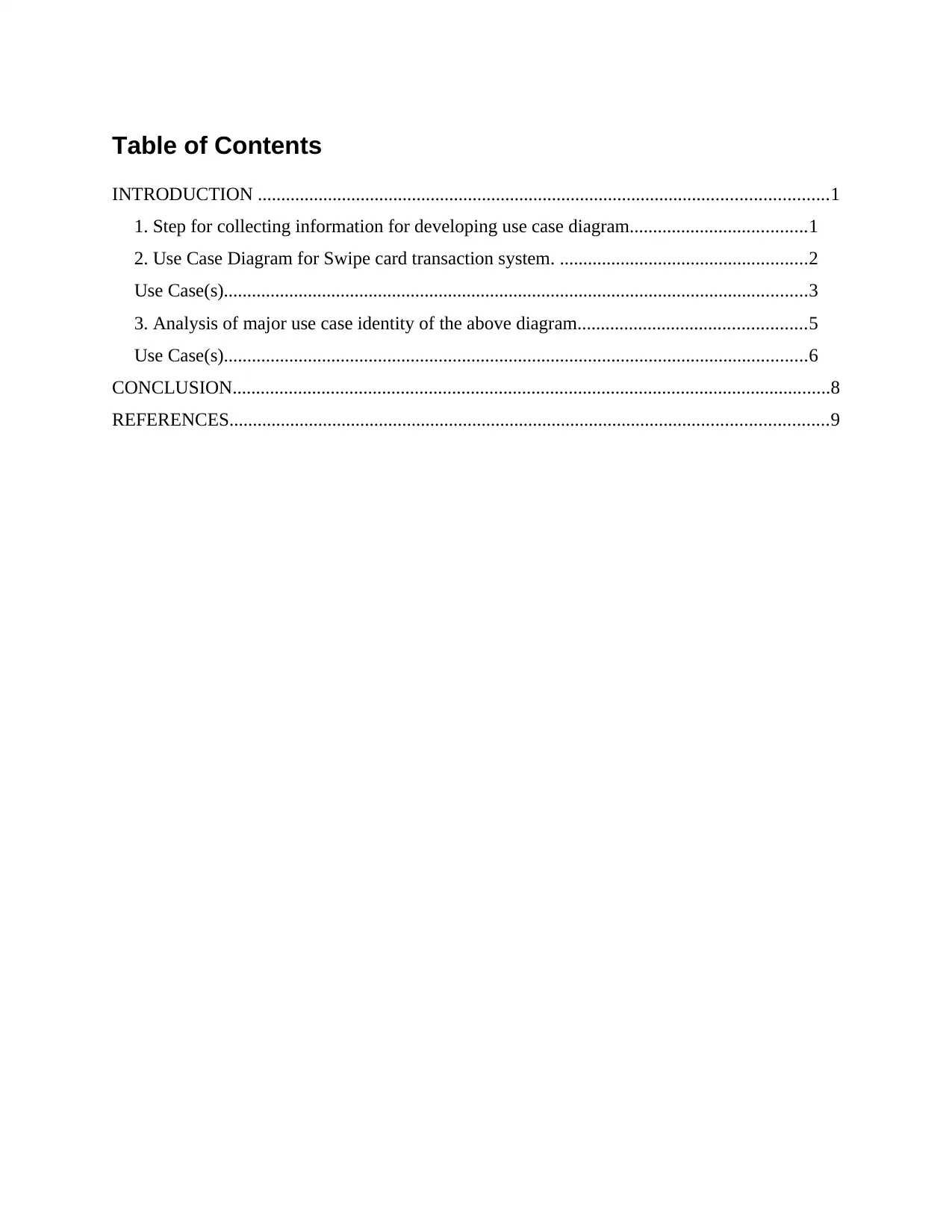
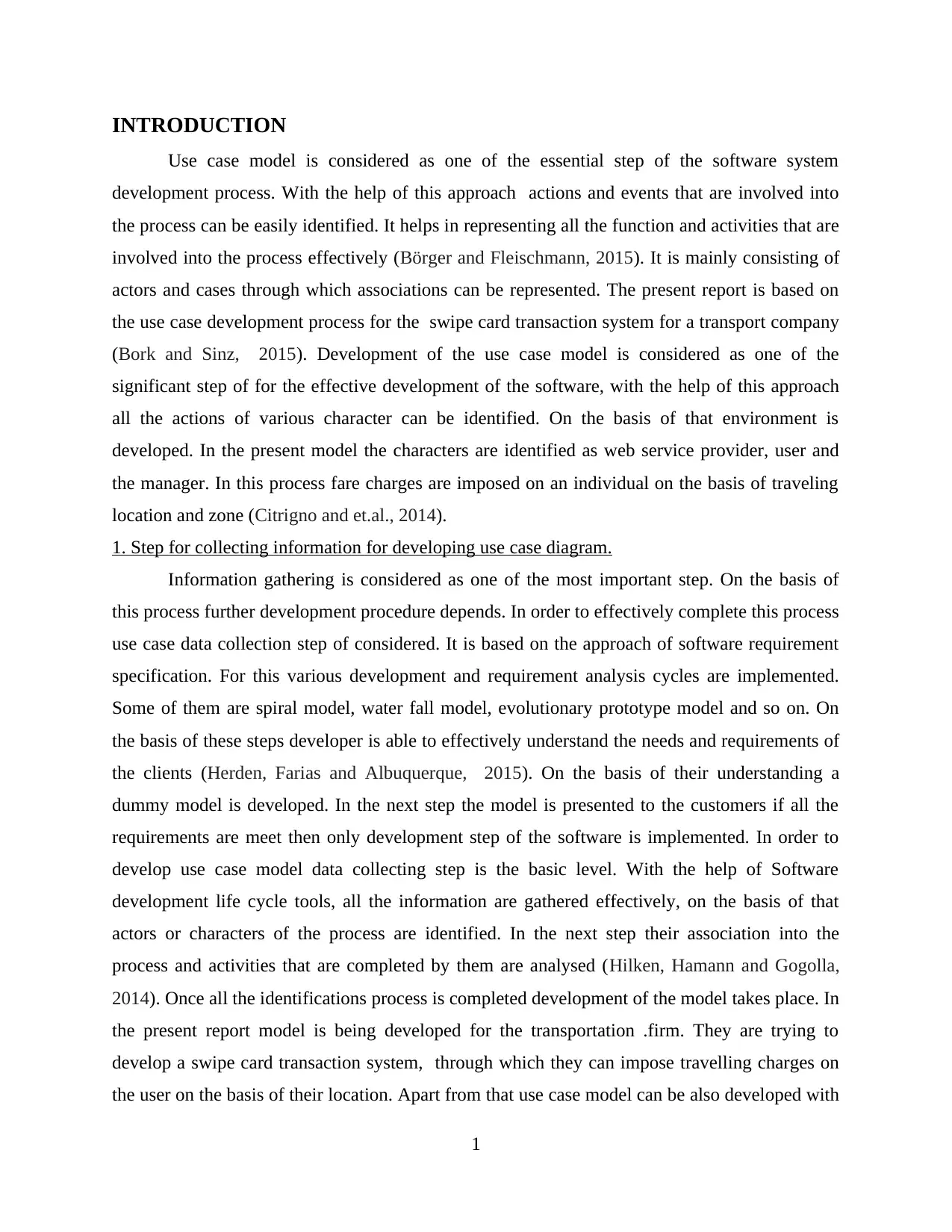
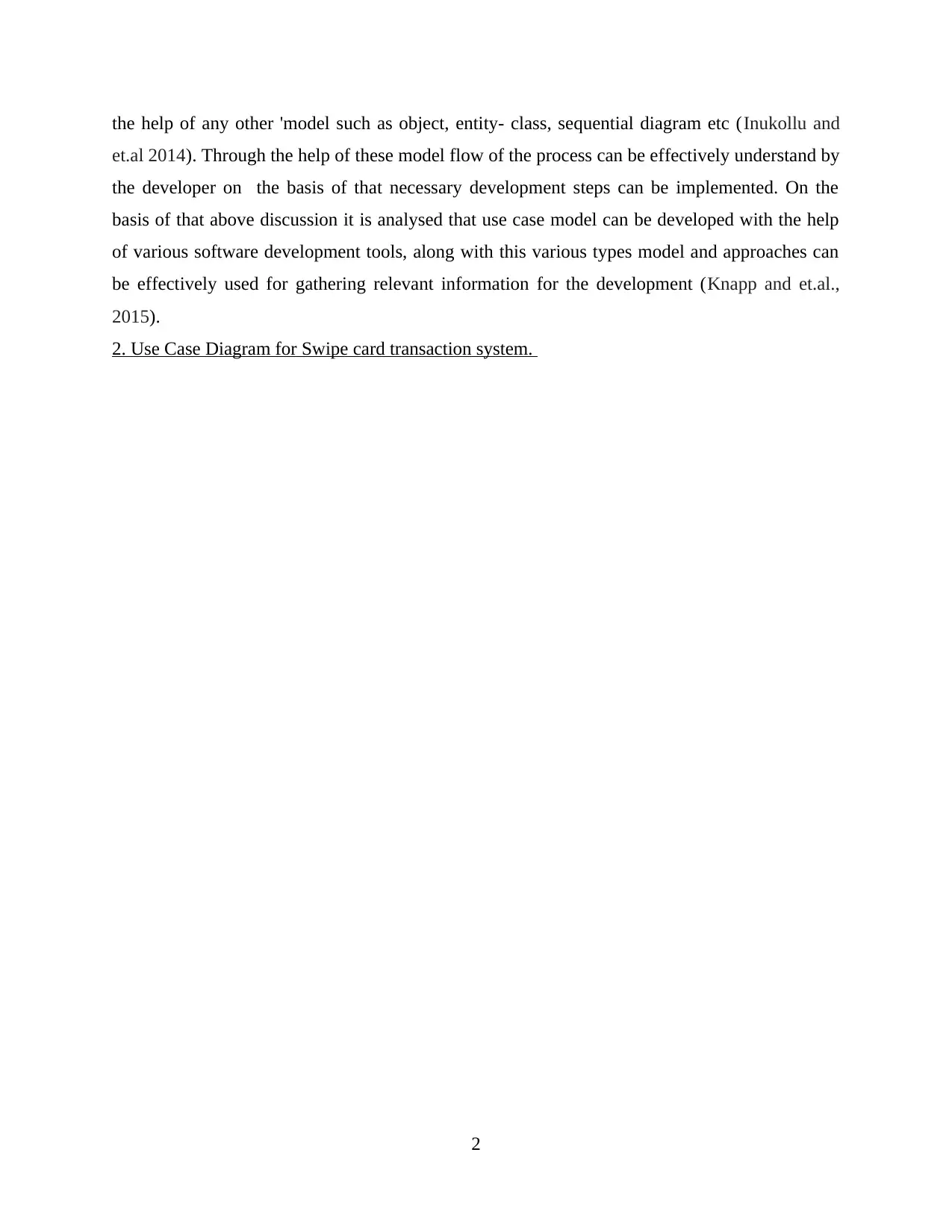
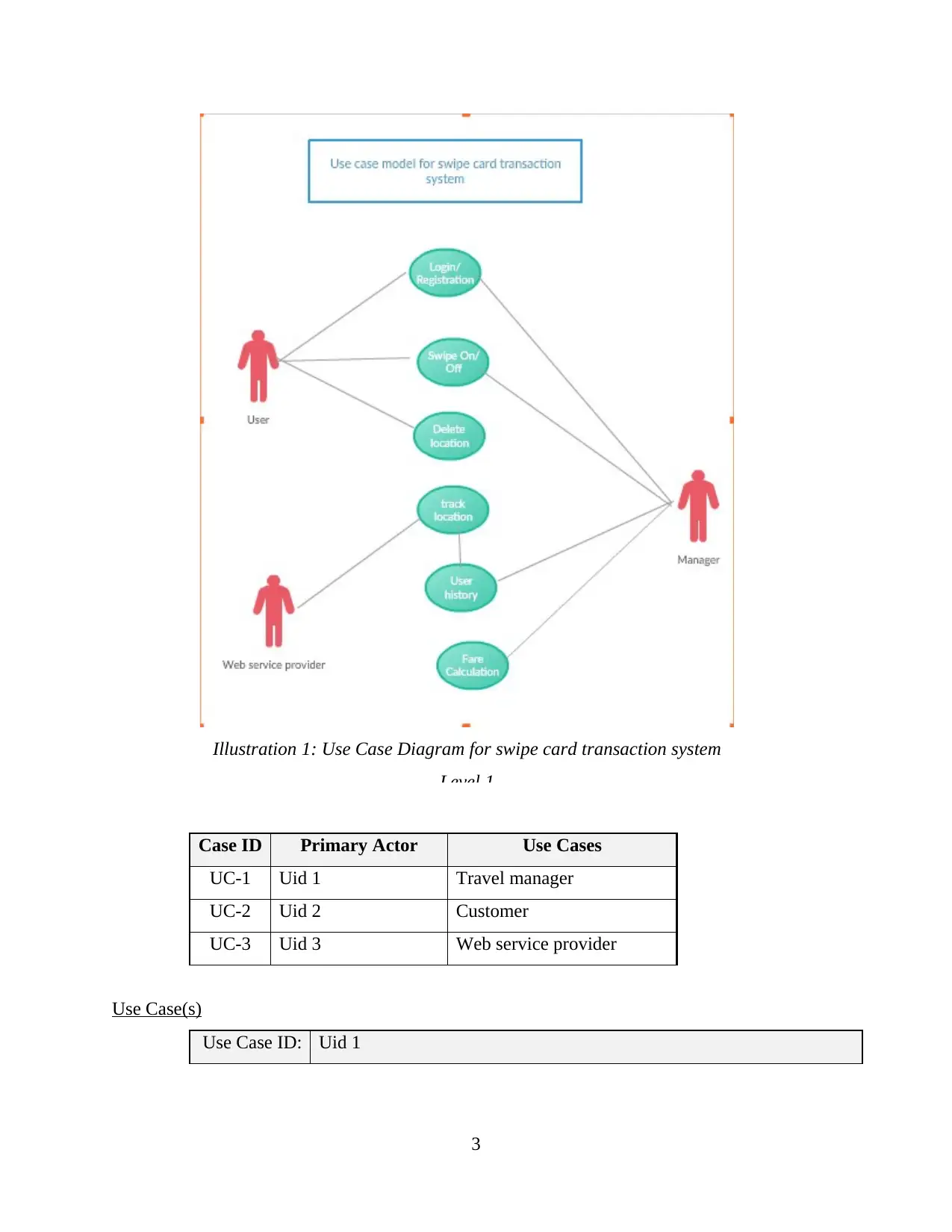
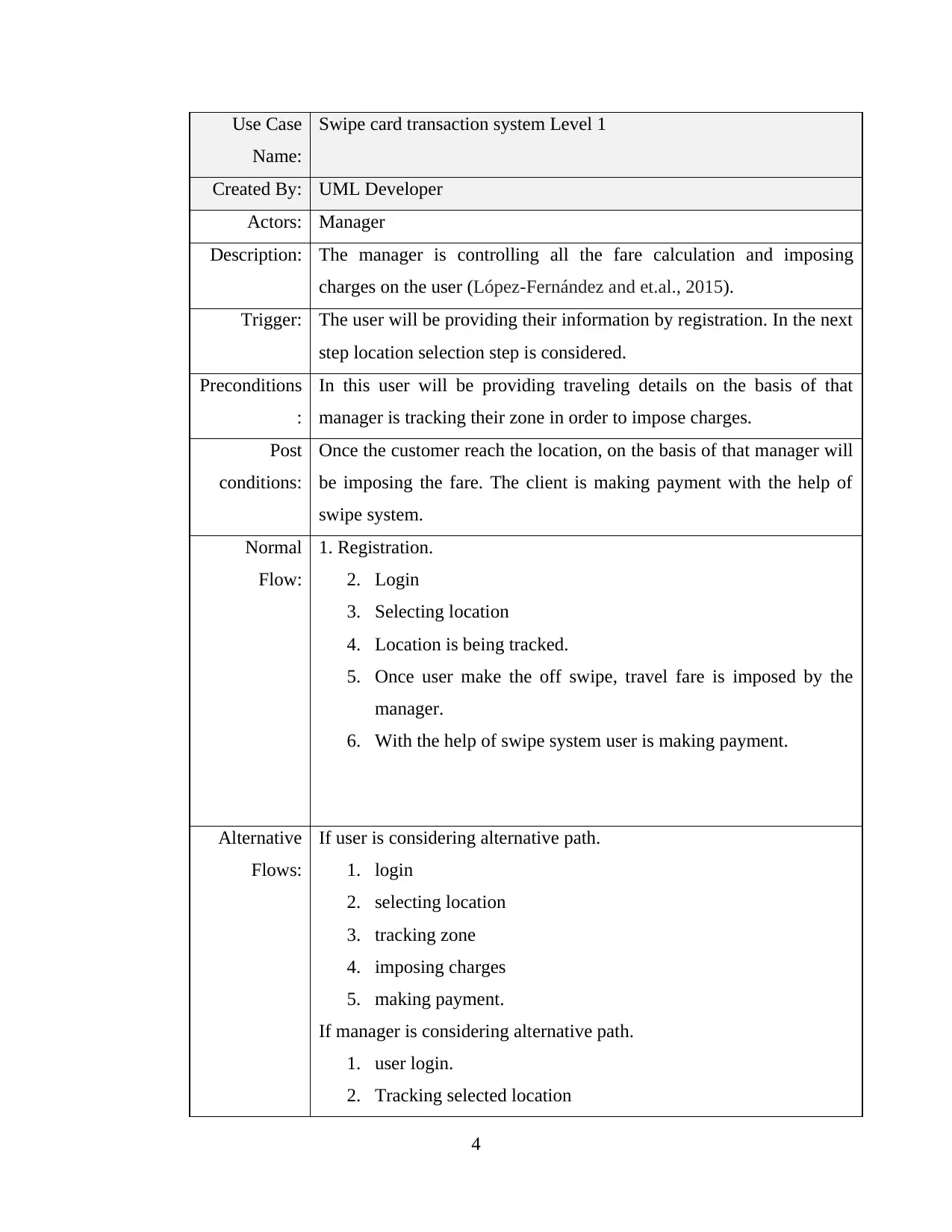
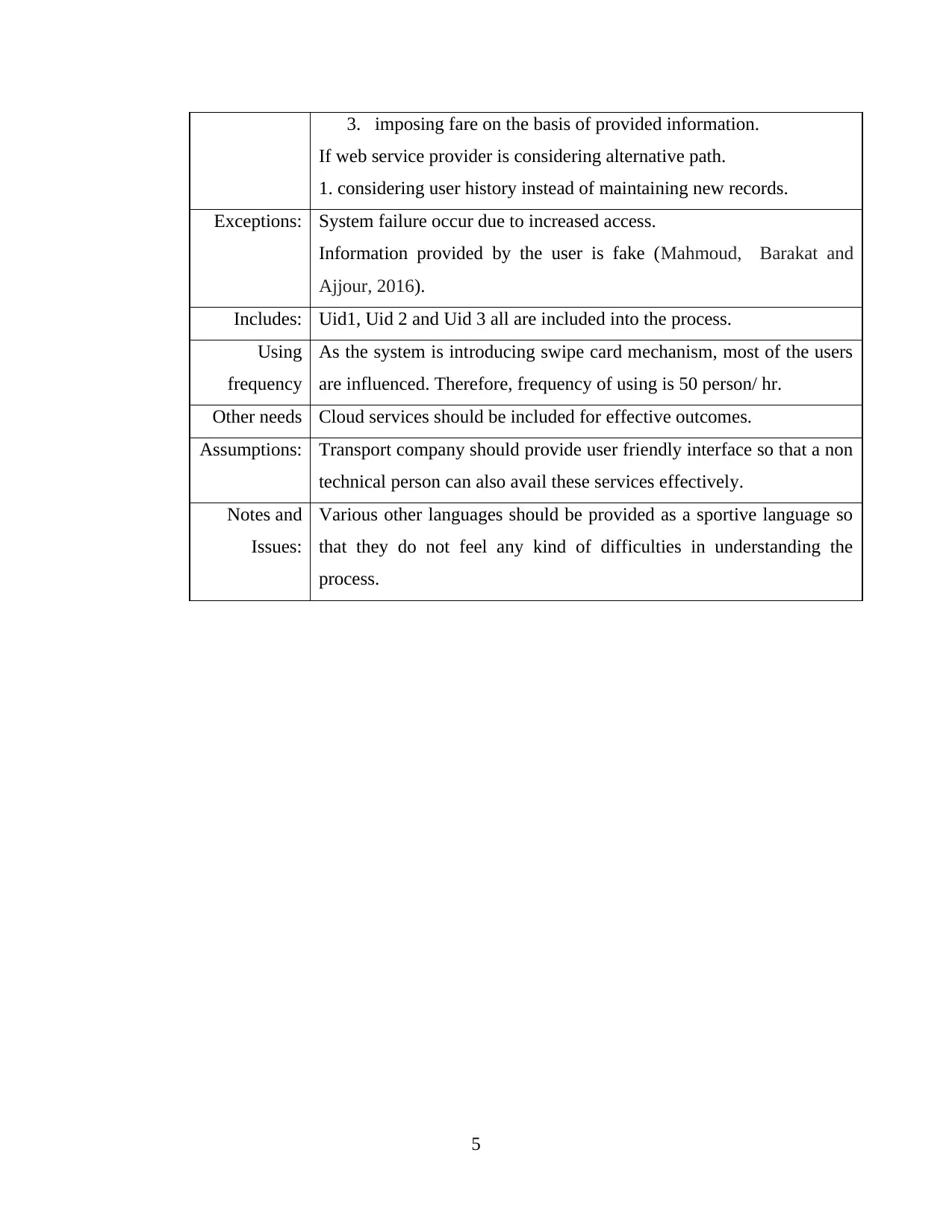
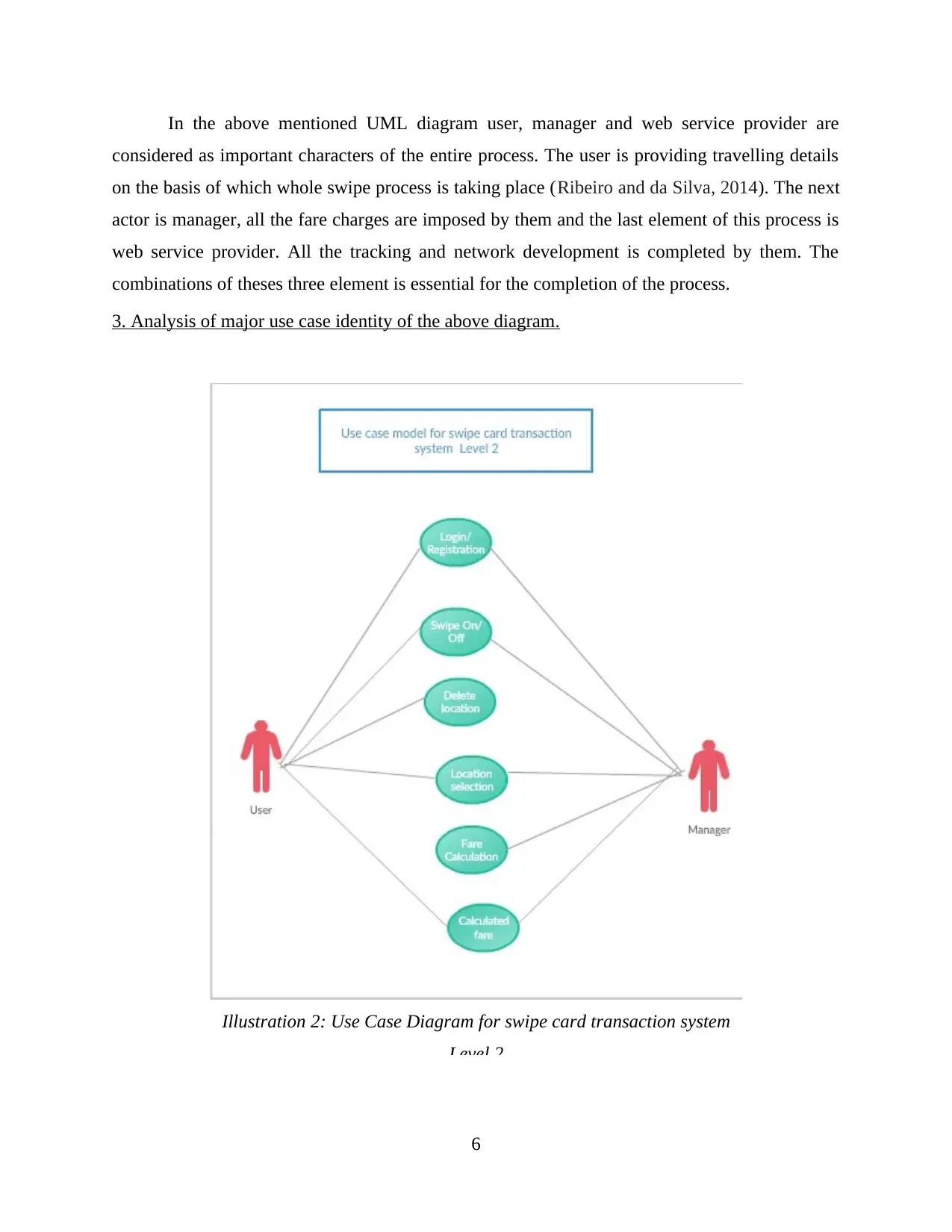
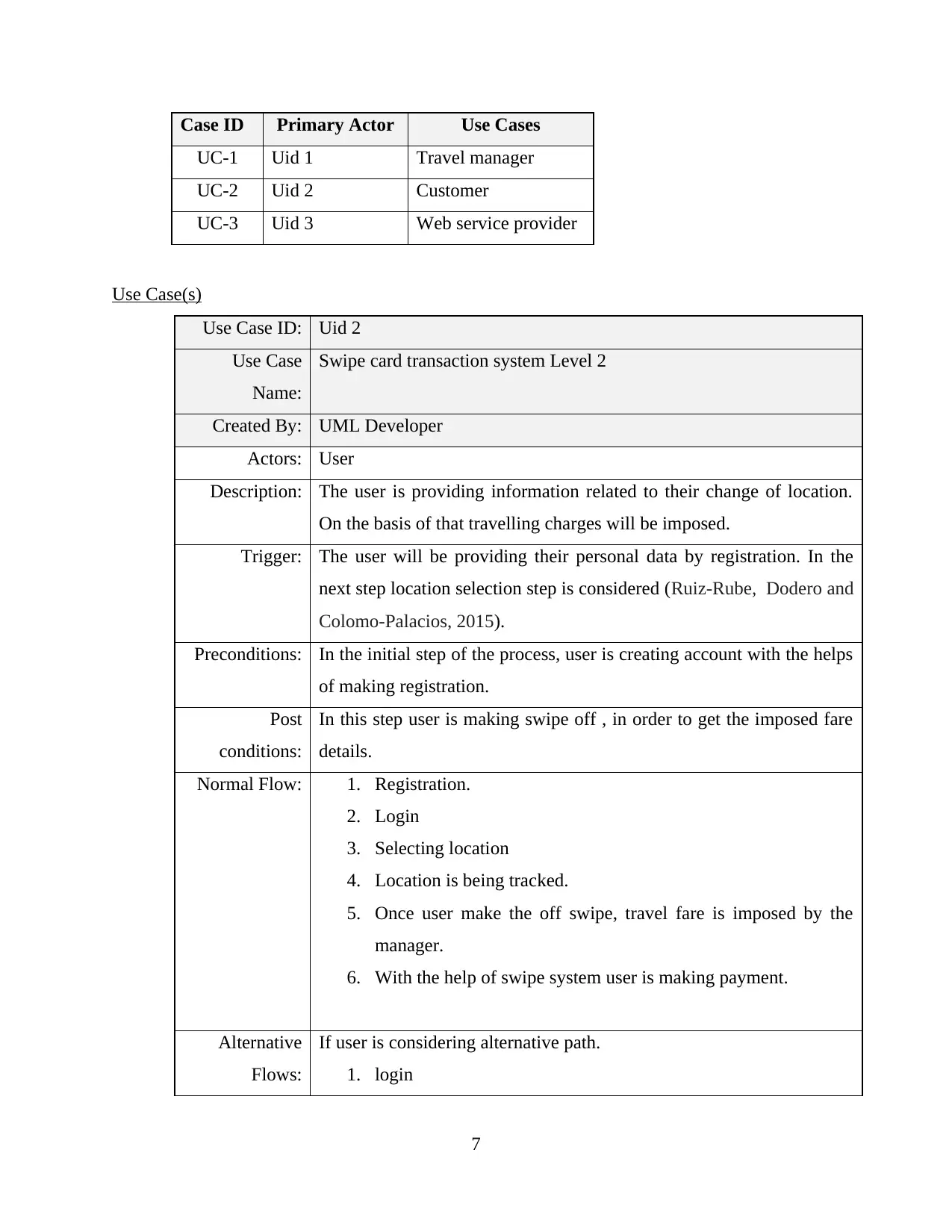
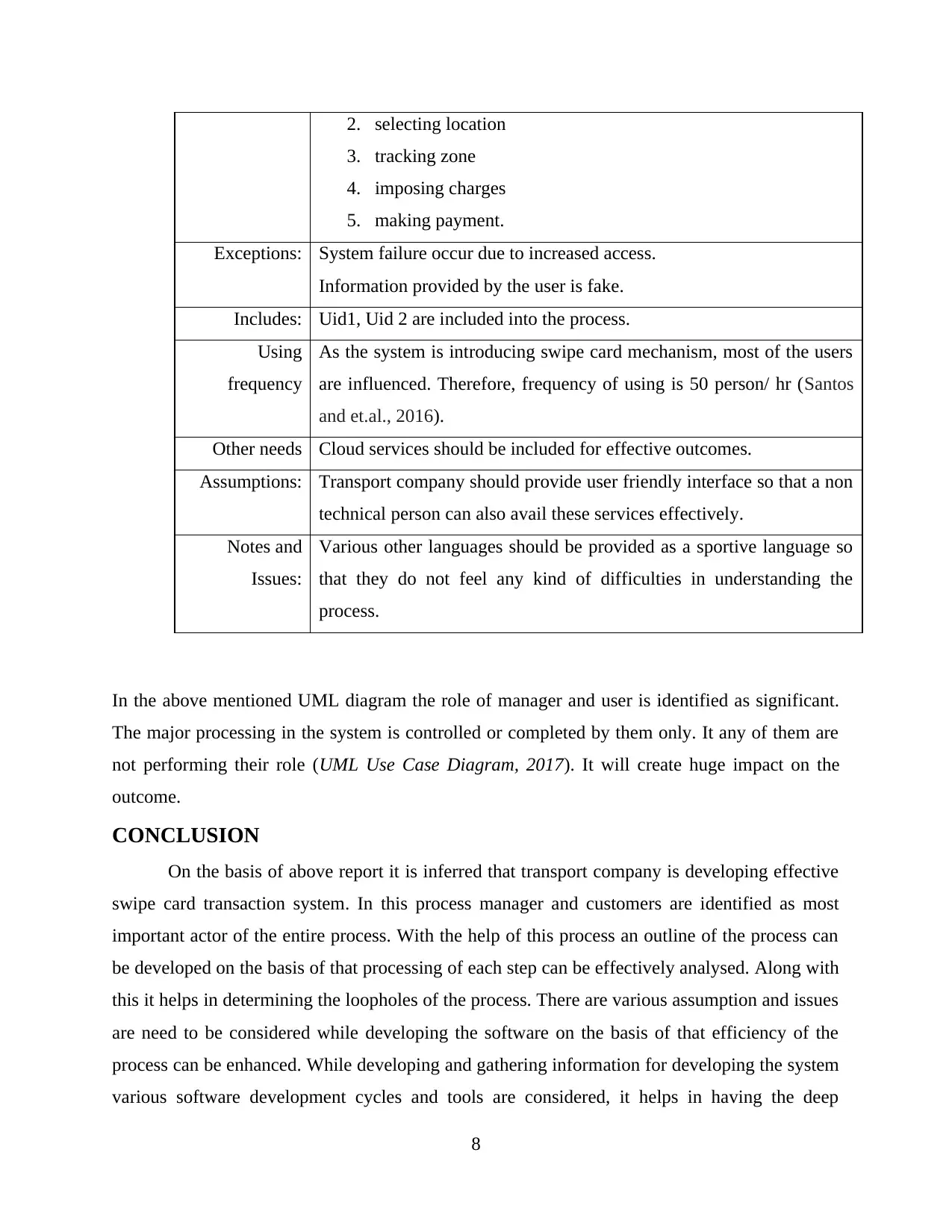







![[object Object]](/_next/static/media/star-bottom.7253800d.svg)